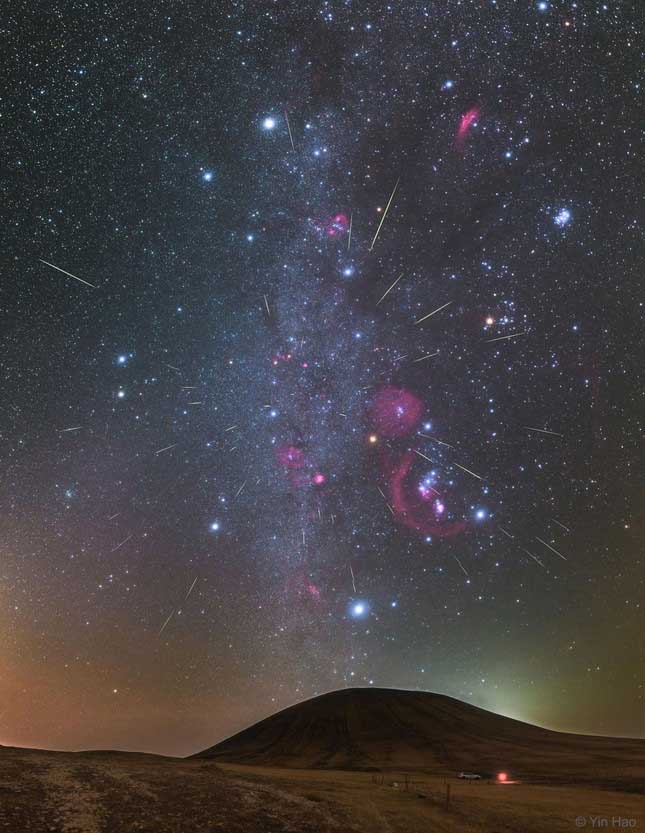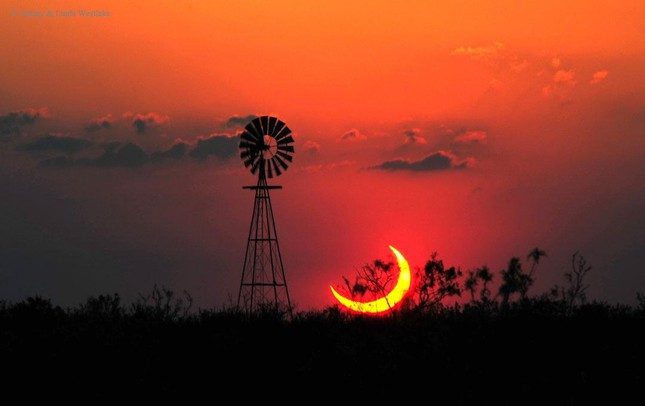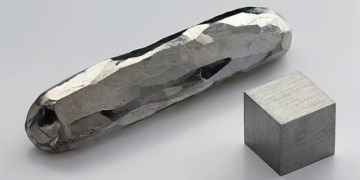In October, astronomy enthusiasts can observe fascinating phenomena in the sky. Among them, the most notable is the meteor shower occurring at the beginning and end of the month.
Top 6 Interesting Astronomical Events in October
October 7: Draconids Meteor Shower
The Draconids are a minor meteor shower, producing about 10 meteors per hour. It is created by the dust particles of comet 21P Giacobini-Zinner, which was first discovered in 1900. The Draconids are unusual because the best time to view them is in the evening rather than at dawn, as is the case with most meteor showers.
This meteor shower occurs annually from October 6 to October 10, with this year’s peak happening on the night of October 7. The waxing crescent moon at the beginning of the month will overshadow all but the brightest meteors. However, if you are patient, you may still catch a few beautiful sights.
The best time for observation will be in the evening from a dark location away from city lights. The meteors will radiate from the constellation Draco but can appear anywhere in the sky.
October 8: Mercury at Greatest Western Elongation
Mercury will reach its greatest western elongation at an angle of 18 degrees from the Sun. This is the best time to observe Mercury as it will be positioned highest above the horizon in the morning. Look for the planet low in the eastern sky just before dawn.
October 9: Full Moon
The moon will be on the opposite side of Earth from the Sun, fully illuminated. This phase occurs at 03:55 (Vietnam time).
Native Americans referred to it as the Hunter’s Moon because, at this time of year, leaves begin to fall, and animals start to fatten up, preparing for hunting. This moon is also known as the Travel Moon and Blood Moon.
October 21-22: Orionids Meteor Shower

Orionids Meteor Shower in Inner Mongolia, China. (Photo by: Yin Hao)
The Orionids are an average meteor shower, producing up to 20 meteors per hour at its peak. It is created by the leftover particles of Halley’s Comet, which has been known and observed since ancient times. This meteor shower occurs annually from October 2 to November 7, with this year’s peak on the night of October 21.
The thin crescent moon will leave the night sky clear for a good display.
The best time for observation is from a dark location after midnight. The meteors will radiate from the constellation Orion but can appear anywhere in the sky.
October 25: New Moon
The Moon will be aligned with Earth and the Sun, making it invisible in the night sky. This phase occurs at 17:49 (Vietnam time).
This is the best time to observe dim celestial objects like galaxies and star clusters, as they will not be affected by moonlight.
October 25: Partial Solar Eclipse

Partial Solar Eclipse in Texas, USA, 2012. (Photo by: Jimmy Westlake (Colorado Mountain College) & Linda Westlake).
A partial solar eclipse occurs when the Moon only partially covers the Sun, sometimes appearing like a bitten cookie. A solar eclipse can only be safely observed with a solar filter or by looking at its shadow.
However, this phenomenon will not be observable in Vietnam. The partial solar eclipse will be best observed in some areas of western Russia and Kazakhstan, with the best observation point in central Russia, where coverage will be 80%.





















































